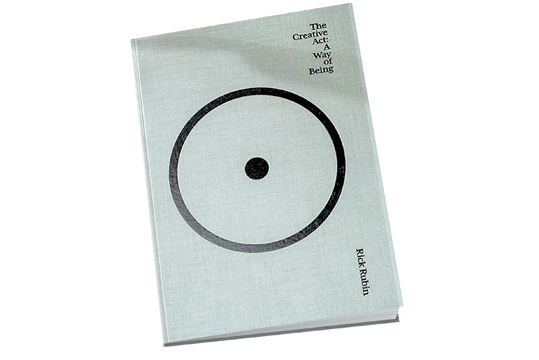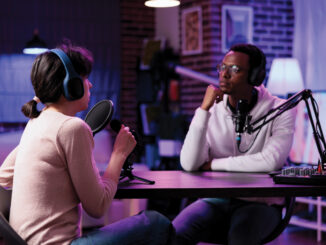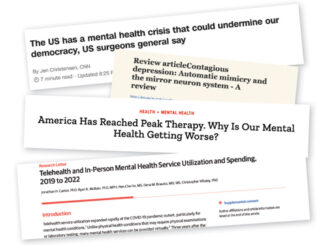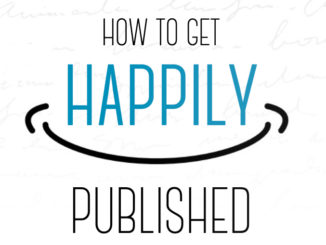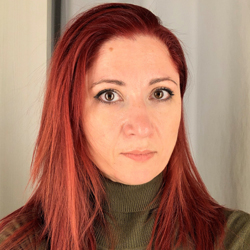 Reviewed by Oana Popa Rengle, Founder, Anamnesis, Bucharest, Romania, oana@anamnesis.ro
Reviewed by Oana Popa Rengle, Founder, Anamnesis, Bucharest, Romania, oana@anamnesis.ro
Rick Rubin is a renowned American music producer who has collaborated with a vast array of music icons during his career (including Johnny Cash, the Beastie Boys, the Red Hot Chili Peppers, Jay-Z, and Adele) and is credited with helping define the sound of hip-hop, among other achievements.
While one might anticipate that his acclaimed new book, The Creative Act: A Way of Being, would primarily focus on music, given Rubin’s background, it is, in fact, about amplifying creative potential. Rubin distills his wisdom about the creative process in an entirely unique way, providing lessons for us on everyday problem-solving, generating fresh business concepts, or any aspect of life requiring creativity.
Rubin makes a passionate case for the validity of intuition in understanding the world, which resonated profoundly with me as a qualitative researcher. Rubin’s approach to creativity legitimizes our role as professionals who derive meaning from our senses and emotions, as well as from our intellect. Also, you will find a lot of practical insights about channeling new ideas, building and sticking to sustainable creative behaviors, and fighting your own demons or roadblocks along the way.
Many of the scientific concepts in this book were not new to me, and some are concepts I studied 20 years ago in psychology courses at university, like the power of letting ideas incubate. Others are ideas I’ve seen gaining in popularity recently, like the transformative impact of being in awe of something or discipline as a fundamental creative behavior.
However, the magic of this book is not in the newness of ideas but in the way it drips them into one’s ears/mind, like a flowing stream that helps the whole world make sense in a different way. While reading this book, everything seems to flow: the Universe, nature, the human mind, and human instincts. It departs from the conventions of typical non-fiction, business, psychology, or personal development books (although it’s a bit of all of these).
Instead, it reads like poetry. The concepts are so simple and deep, and the language is uncomplicated yet very evocative, sprinkled with metaphors that illuminate complex concepts in the blink of an eye. You end up feeling as much as you end up thinking while reading it. The book is structured in 78 “areas of thought” or short chapters on specific topics (e.g., Look Inward, Self-Doubt, Try Everything, Beginner’s Mind), and I ended up reading one chapter each night before going to sleep, just as I would have done with a poetry book.
One of the most powerful metaphors that has stayed with me is that of creativity as an antenna. In Rubin’s view, ideas, concepts, and themes float in an ether around us, ready to find expression in the physical world. When an idea’s time has come, some of us, with more sensitive antennae than others, are able to draw in the energy resonating at that moment. If one has an idea and doesn’t bring it to life, it’s not uncommon that another maker/artist/creator will (art arrives in movements, after all, doesn’t it?).
As Rubin explains, creative outputs come through us, not from us. I found this reframing incredibly helpful to relieve the pressure to be creative, particularly when you feel stuck—it’s more about training your antennae than being born creative. It’s more about paying attention to signs within you and around you, than about coming up with a big idea from the deep, complicated depths of your creative mind.
Just to give you a better grasp of how this book feels and reads—as I cannot put it into words well enough—let me end by quoting a couple of verses from the book about exactly that.
Turning something from an idea
into a reality
can make it seem smaller.
It changes from unearthly to earthly.
The imagination has no limits.
The physical world does.
The work exists in both.

